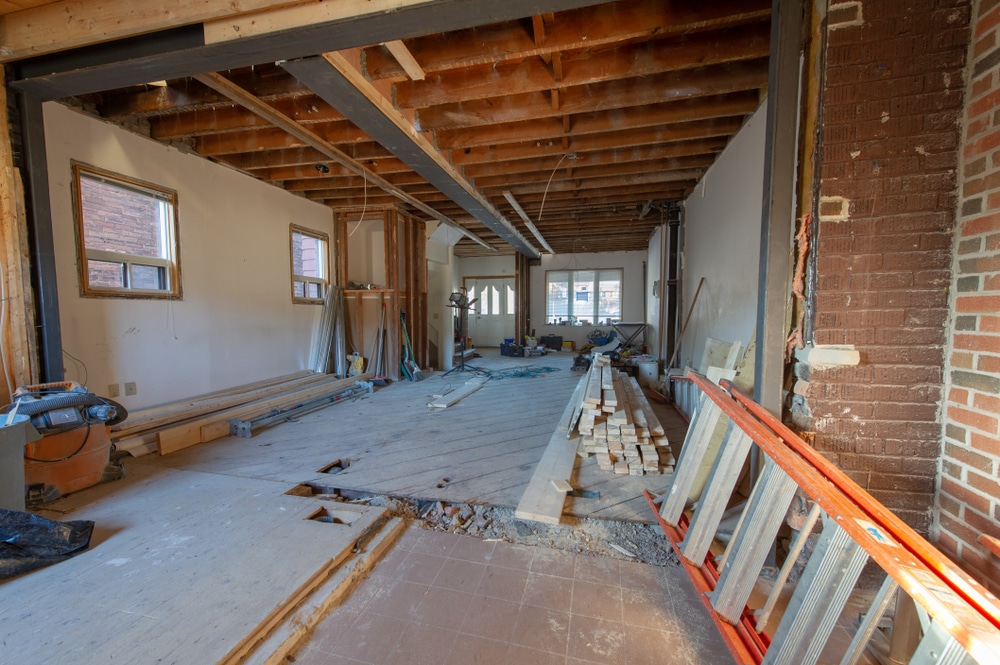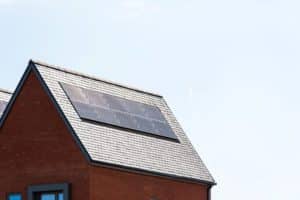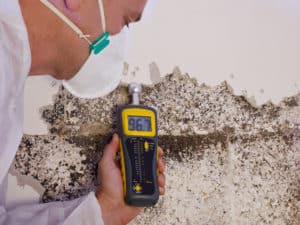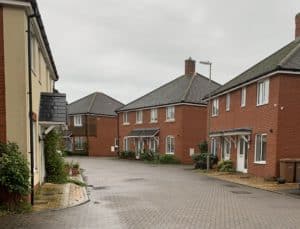Retrofitting is rising in popularity within the construction industry due to its positive effects on the environment and on occupants. In this blog, we will tell you everything you need to know about building retrofits.
Retrofitting is huge within the construction industry, especially as developers look to become more eco-friendly. Retrofitting buildings helps to create builds that are more thermal efficient, carbon efficient and sustainable in the long haul, helping to make the buildings we live in cheaper and to have less maintenance.
With around two thirds of the current housing stock predicted to still be around in 2050, retrofitting is vital to help protect the planet and meet the net zero 2050 plans that have been set by the government within the UK.
While this sounds dreamy, it can feel confusing. Many developers may feel that they are stepping into the unknown when considering the world of eco construction. It is the area that brings up the most questions! BUT, we want to help debunk those myths and answer your questions which is why we were passionate about writing this blog.
What are building retrofits?
Building retrofits are buildings that have been retrofitted with new systems that are designed for high energy efficiency and low energy consumption, unlike previous buildings. Retrofits can range from activities such as energy efficient light bulbs to installing systems such as heating to help build a more efficient building that is cheaper to run and has a lower impact on the environment.
7 things you might not know about building retrofits.
Retrofits are a fantastic contributor to the construction industry: we’ve seen the amazing work it can do to a build which is why we are such big advocates! However, they can be sometimes misunderstood or not even considered as an option.
1 – Britain’s 28 million existing homes are responsible for around 15% of the UK’s carbon emissions; this makes building retrofits absolutely essential.
With the Government’s mission to hit Net Zero by 2050, Britain’s 28 million existing homes are hindering the success of hitting the net zero climate goals. Currently, the UK’s housing stock is generally poorly insulated and energy inefficient, contributing to a harmful impact to the environment with their high contribution to carbon emissions. However, these houses can be easily transformed into homes that are cheaper to run, and low carbon by the end of the next decade or so. Retrofitting the UK’s homes to low-carbon standard homes will cost the government £5bn over the next four years which suggests that any strategy that the government creates should include government grants for low-income households.
2 – Retrofits can help you attract new tenants.
More people are becoming aware of climate change and how it’s affecting the planet for years to come. It’s now becoming a reality that we need to play our part in keeping our planet green, clean and healthy if we want to have a positive future. With this in mind, house occupants across the UK are now willing to pay more for energy-efficient, smart buildings that take advantage of technology such as smart meters that help to reduce their carbon footprint and impact.
3 – Retrofits will reduce your energy bills.
Retrofitting will improve the energy efficiency of your home, reduce fuel bills and create comfortable temperatures all year round, reducing your energy bills. This makes it cheaper to heat homes and overcome issues such as poor ventilation and damp, helping to lift people out of fuel property and additionally reduce health problems associated with cold homes.
4 – It is possible to responsibly retrofit a traditional building.
Although it may seem tricky, it is totally possible to responsibly retrofit a traditional building. Retrofitting a traditional build includes the integration and balance of areas such as insulation, glazing, draught proofing, ventilation, heating and the consideration of the build’s occupation and usage. However, it’s important to remember that one retrofit isn’t one size fits all. Developers need to consider factors such as environmental impact, health, heritage and balance before planning a responsible retrofit approach for a traditional build.
Read more: How can I responsibly retrofit a traditional building?
5 – Most houses would benefit from a retrofit.
There’s very few houses in the UK that wouldn’t benefit from a retrofit. However, the older houses are normally the ones who need the retrofit most, but can be very difficult to treat.
To see if your house would benefit from a retrofit, there are a few ways you can evaluate your home’s energy and see which improvements would be beneficial for your home. For example, an Energy Performance Certificate is helpful in outlining a property’s energy use and potential energy costs. In addition, a thermographic survey can help to identify air leakage and establish how well-insulated a house is. These activities will identify your properties weaknesses and help you to decide whether a retrofit is the correct journey for you.
6 – Retrofitting a building comes with its challenges.
Whilst there are many benefits to retrofitting a building, there are some challenges to consider and watch out for, especially if it’s an old build.
Missing Documentation:
It can be common for old building owners to not have the proper building documentation of how the building operates. Having incomplete blueprints and missing manuals will make it difficult to get a holistic idea of how the machines and sensors work together.
Old Equipment:
It’s very difficult to use old equipment, like fans and heaters, if you are using modern protocols and technologies. Performance can be compromised even if you somehow manage to work it out. Deciding whether to keep or replace equipment can be tricky, especially if you are on a budget.
Unexpected findings:
Old buildings can come with unexpected little surprises and ‘treats’ along the way! You can potentially discover that parts such as appliances, pipes or software are not functioning as expected.
7 – There is financial assistance available if you want to retrofit your home.
Retrofitting your home can be a very expensive activity, but there is financial assistance out there. One example is the Green Homes Grant. In 2020, the Green Homes Grant launched, providing the public the chance to apply for vouchers worth up to £5,000 to help make their home greener. Vouchers can be towards projects such as insulation, double glazing, low-carbon heating and other home improvements.
To find out more, read our blog: What is the new green homes grant and am I applicable?
The Clean Heat Grant is set to replace the Renewable Heat incentive which is stopping at the end of March 2022. More information to come!




















